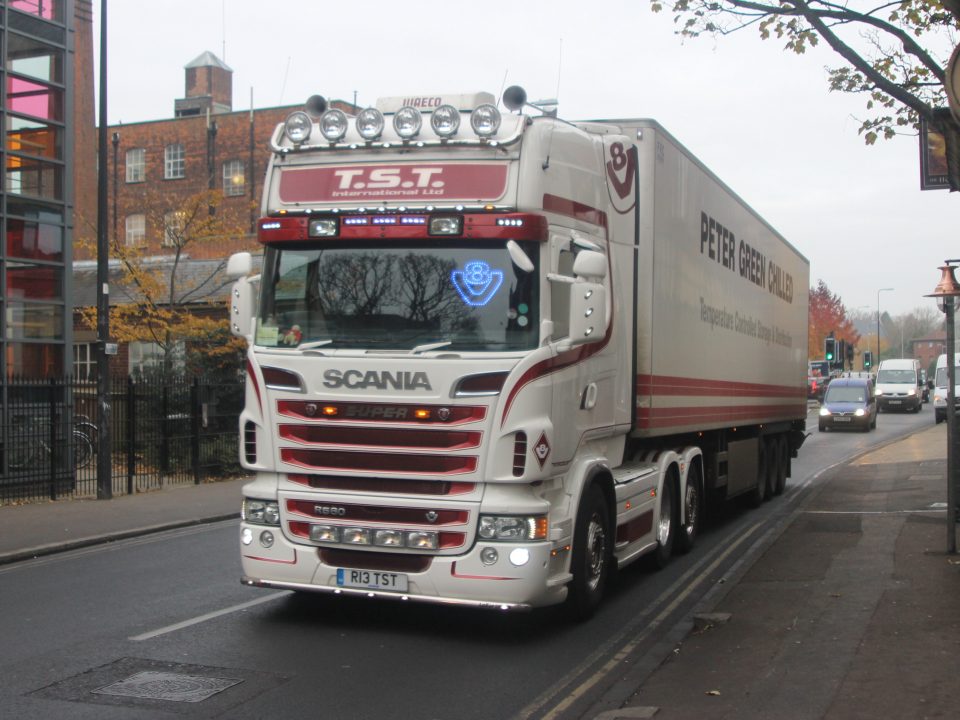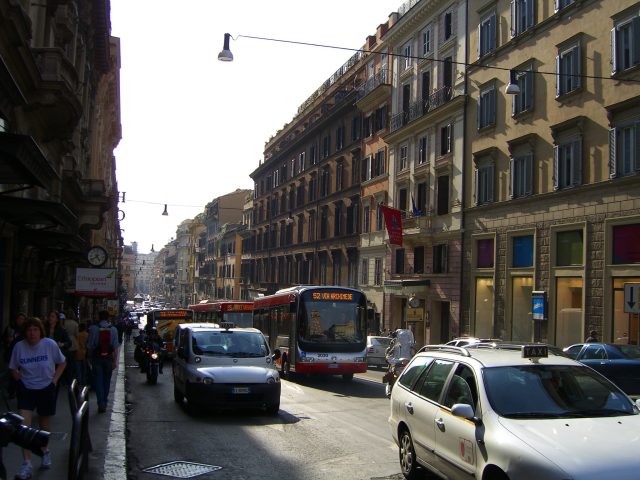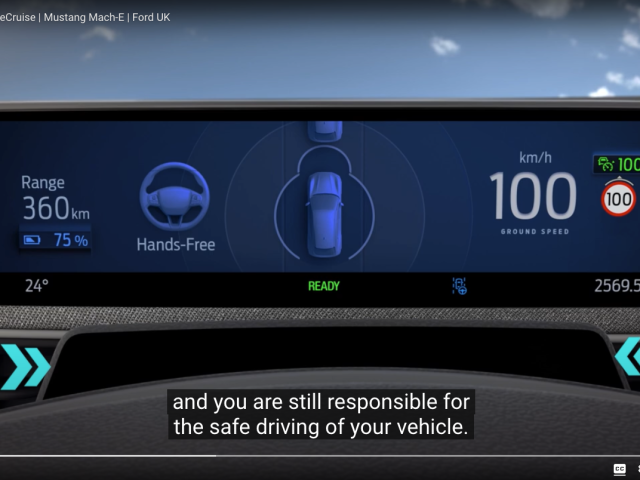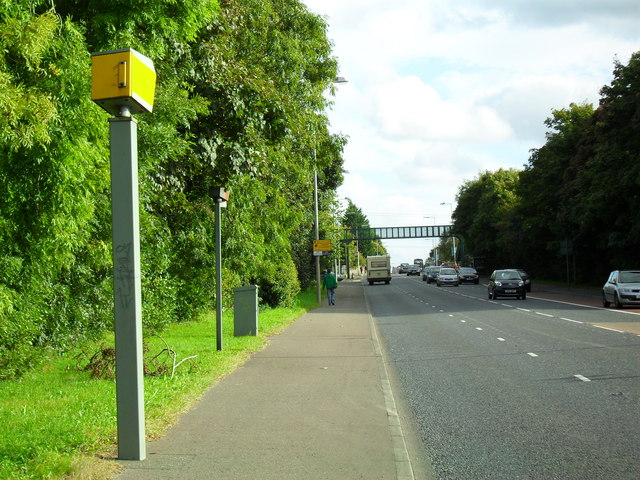
Towards Safer Transport of Goods and Passengers in Europe (PIN Flash 24)
In the European Union 4,254 people lost their lives in collisions involving heavy goods vehicles (HGVs) in 2011, 3,999 in collisions involving light goods vehicles (LGVs) – goods vehicles with a maximum permitted weight below 3.5 tonnes – and 722 in collisions involving a bus, coach or trolleybus, totalling 29% of the overall number of road deaths recorded in 2011. Since 2001, for the EU as a whole, deaths in collisions involving an HGV and in collisions involving a bus or coach were reduced at a somewhat faster pace than the overall number of road deaths, with average annual reductions of 6.0% and 6.4% respectively compared with 5.7% for the overall number of road deaths. In contrast, the number of deaths in collisions involving an LGV were reduced at 4.7% per year a somewhat slower rate than the total number of road deaths.
The number of road deaths in collisions with HGVs has dropped in all the PIN countries, Latvia leading the EU countries with an average annual reduction of 14.7% per year, a steeper reduction than the one in the total number of road deaths (fig. 1). The number of road deaths in collisions involving LGVs has been reduced in all PIN countries except for France and Romania, with the best average annual reduction being observed in Lithuania with 19.9% (fig. 11). Road deaths in collisions involving buses or coaches have been reduced in all countries but Israel and Romania, Austria having the best annual average reduction of 16.5% (fig. 14).
The largest share of those killed in collisions with goods vehicles, buses or coaches are not the occupants of those vehicles (figs. 2, 12 and 15). This is an important factor to note in the context of the free movement of goods and persons, which are among the fundamental freedoms in the European Union. These freedoms carry important externalities which should be minimised in the context of high levels of road traffic.
Member States should maintain focus on vehicles with a large weight – those looked at in this PIN Flash – when planning and introducing policies to improve road safety. Indeed HGVs and buses or coaches are involved in more fatal collisions per billion km travelled than the average vehicle (figs. 4 and 16) and most of those killed are other road users rather than the occupants of the heavier vehicles. General, as well as targeted road safety measures, should be combined in order to reduce road deaths in collisions involving these types of vehicles sustainably. These include the enforcement of current legislation, particularly when aimed at HGVs and buses, the promotion and large-scale rollout of life-saving technologies and the training of road users, with a renewed focus on those who drive as part of their work or profession.
Download Download Data Tables







